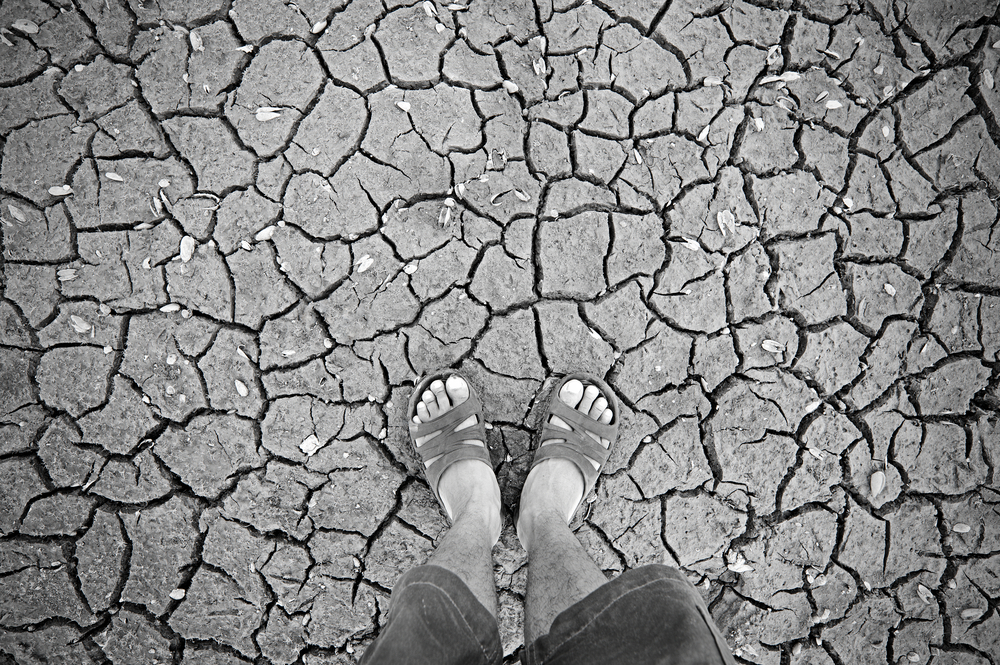When President Obama delivers his State of the Union address on February 12th, he’ll be addressing a nation that is being ravaged by climate disasters. Since the president last stood before Congress, climate impact after climate impact has struck the country, from last summer’s record-shattering heat wave to the intense blizzard that swept through the Northeast this past weekend. Last month, NOAA confirmed that 2012 had been the warmest year for the US in recorded history. Americans are urging the president to explain exactly how he will “respond to the threat of climate change,” as he promised in his inaugural address.
Today, survivors of Superstorm Sandy and other fossil-fueled impacts will gather at the White House, and on the eve of Lincoln’s birthday, call on President Obama to respond to this generation’s greatest moral challenge. When they do, they will echo the concerns of governors across the country, who are already witnessing the consequences of unabated fossil fuel pollution, and are calling attention to it in their own State of the State addresses…
In July, Colorado was struck with the most destructive wildfire in the state’s history, blazing through 165,000 acres and 700 homes. Colorado Governor John Hickenlooper noted the wildfire season as a reason to work together on energy:
Many scientists believe that our severe drought, the bark beetle epidemic and the terrible fire season are further evidence of climate change.
While no state can address the issue in isolation, reducing pollutants and promoting sustainable development, ought to be common ground for all of us.
Early September saw 110 wilfires spark up across Central Washington, with no reprieve from the rain. Newly sworn-in Washington Governor Jay Inslee had this to say in his inaugural address:
It’s also clear to me that we face grave and immediate danger if we fail to act. Nine of 10 of the hottest years on record happened in the past decade. We’ve had epic flooding, searing drought and devastating wildfires, including last summer’s fires in Central Washington and the rising tides along our coast.
Our Pacific Northwest waters, especially in Puget Sound, are becoming too acidic, forcing parts of our shellfish industry to move last year. In Eastern Washington, our long tradition in agriculture could be threatened if snowpack declines. Water stored as snow is money in the bank for Washington’s rural economies, but the bank could fail if we don’t act.
As a parent and a grandparent, I cannot consciously accept the dangers of climate change for my family or yours.
Later in September, a full three weeks before the end of melting season, the National Snow and Ice Data Center announced that the previous record low for Arctic sea ice had been broken. With 3.5 million Californians living within three feet of sea level, Governor Jerry Brown dedicated a significant portion of his State of the State to the climate crisis:
When we think about California’s future, no long term liability presents as great a danger to our well-being as the buildup of carbon dioxide and other greenhouse gases in the atmosphere.
According to the latest report from the World Bank, carbon dioxide emissions are the highest in 15 million years. At today’s emissions rate, the planet could warm by more than 7 degrees Fahrenheit by the end of the century, an event unknown in human experience. California is extremely vulnerable because of our Mediterranean climate, long coastline and reliance on snowpack for so much of our water supply.
Tipping points can be reached before we even know we have passed them. This is a different kind of challenge than we ever faced. It requires acting now even though the worst consequences are perhaps decades in the future.
Again California is leading the way. We are reducing emissions as required by AB 32 and we will meet our goal of getting carbon emissions to 1990 levels by 2020.
In June, the US Geological Survey issued a report warning that sea level rise along the Atlantic coast, from Cape Hatteras, NC to Boston, MA is accelerating three times faster than the global rate. With his state situated in the center of this sea level rise “hot spot,” Maryland Governor Martin O’Malley ended his State of the State with a clear call for climate action:
We are one of the most vulnerable states in our country to the impact of sea-level rise. Climate disruption is real. Climate change is not an ideological issue any more than gravity is. It is physics, pure and simple.
Maryland might not be able to change what people in India or China do with respect to climate. We can, however, use the prospect of a carbon constrained world as the means to invent a more prosperous future, and to drive innovation, education, industry, jobs, and growth.
Superstorm Sandy devastated the Northeast, and flooded communities like the Jersey Shore are still struggling to recover. The storm was one of the most powerful climate impacts ever to hit the United States, and Vermont Governor Peter Shumlin was not coy about fingering the culprit:
As we continue our slow recovery from a devastating recession and a devastating storm, I believe Vermont is again poised to lead.
We are on the right path. We are focused on getting Vermont off our addiction to oil and building renewables, and we now have more high tech green jobs per capita than any other state.
From the drought-stricken fields of the Midwest to the Sandy-flooded Rockaways, governors, legislators, and everyday Americans will tune in to the State of the Union tomorrow night to see whether President Obama will answer the call, and begin to shape his climate legacy.


